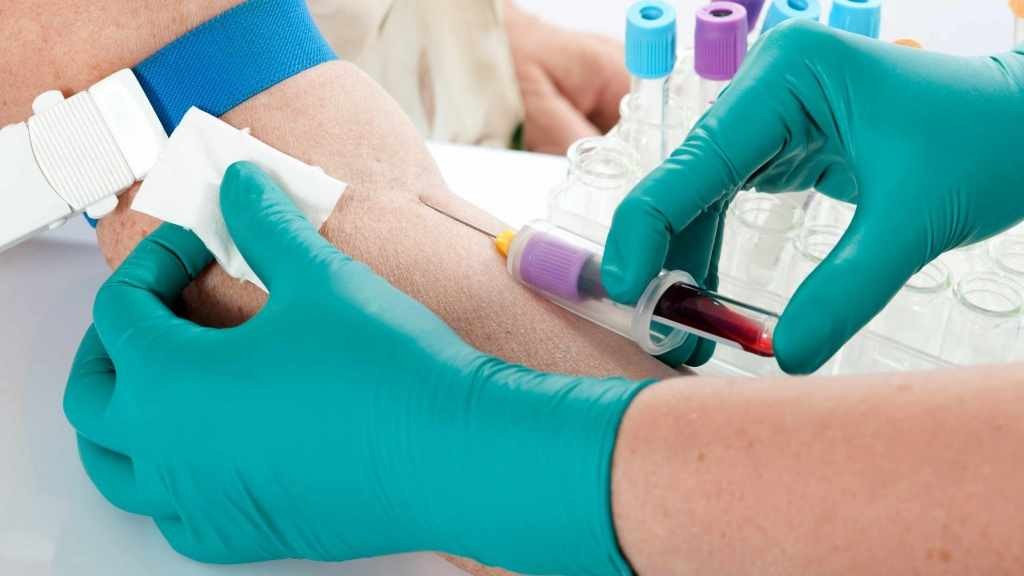-
Featured News
Mayo Clinic Q & A: What to expect during a blood draw

DEAR MAYO CLINIC: I've never had my blood drawn before, but I have to go in for testing soon. Honestly, I'm pretty nervous about it. What can I expect?
ANSWER: It can be a little nerve-wracking at first, but having blood drawn is a quick procedure that can be painless — sometimes, people don't even know that the collection has started!
It's important that you first ask your healthcare team what your lab tests are and why they're being collected. This can help you prepare and know what time of day to schedule your appointment. For example, if you need to be fasting prior to your blood draw, it may be preferable to schedule it first thing in the morning before you have eaten.
When it comes to the day of the blood collection, stay hydrated, stay warm and try to stay as calm as possible (try taking some deep breaths). The phlebotomist assigned to perform your blood draw you will ask you several questions before they get started, such as your date of birth and full name. There are often patients with similar-sounding names, so we try to ask for as many identifiers as we can to make sure we can confirm who you are. It's critical that our phlebotomists get the right blood from the right patient and get the results into the right medical record. Without the right specimens, we can't do our work.
The phlebotomist will ask you to make a fist and tap on your veins to identify a vein they can collect blood from. It's key for them to be able to not only see but feel a vein, make sure it's big enough and that it's not going to roll away from the needle during the collection. This is a skill that they get during their training and certification, and they become experts after many years of experience with patients. Clenching your fist increases the amount of blood that's in your vein, which then makes it more prominent and easier to see and feel.
Veins in your hands often have very thin walls, so it's difficult to get into the vein and not damage it. This is why you are more likely to get bruising on your hand. The veins that are in your elbow joint are very thick and easy to access, and they usually heal without much bruising, depending on the patient. Sometimes the veins in your hand are the only veins that the phlebotomist can identify, so then they'll have to use those.
All in all, it only takes one or two minutes for them to identify the vein, collect the specimens and make sure that you're healthy enough to leave. There's no need to eat right after a blood draw unless you've been fasting or you feel a bit woozy. Most people don't feel any different after a blood collection, but some do report being dizzy. This is unrelated to the amount of blood that's collected, though. You have plenty of blood in your body (approximately 5,000 milliliters) compared to what's being taken. Dizziness is usually the result of the patient being anxious or worried about the blood draw.
Your blood tells us a vast number of things, and blood testing can be very complex. Phlebotomists are incredibly important individuals whose work often goes unnoticed. All our testing relies on having your blood collected in the right way, which makes phlebotomists the foundation of our clinical practice. We couldn't run a hospital without them. — Fiona Craig, M.D., Laboratory Medicine and Pathology, Mayo Clinic, Phoenix







